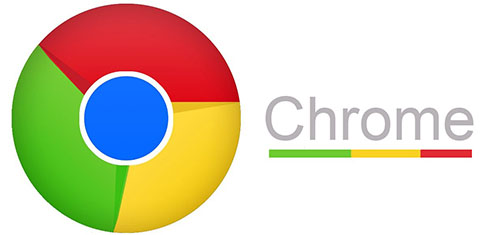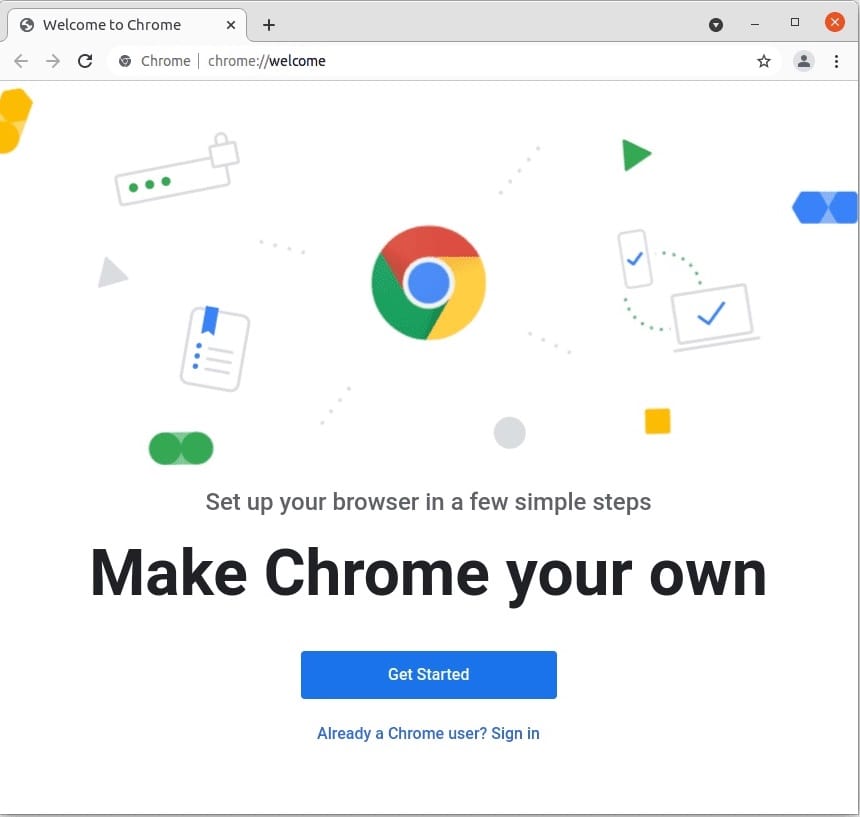How To Install Google Chrome on Fedora 41

Google Chrome is one of the most popular web browsers globally, known for its speed, security, and extensive library of extensions. For users of Fedora 41, installing Google Chrome can enhance your browsing experience significantly. This guide will walk you through the process of installing Google Chrome on Fedora 41, ensuring you have a smooth and efficient setup.
Understanding Fedora 41
Fedora 41 is a cutting-edge Linux distribution that offers users a robust and flexible operating system. It comes with several enhancements over its predecessors, including improved performance, better hardware support, and updated software packages. While Fedora typically includes Firefox as its default web browser, many users prefer Google Chrome for its user-friendly interface and synchronization features across devices.
Prerequisites for Installation
Before proceeding with the installation of Google Chrome on Fedora 41, ensure that your system meets the following requirements:
- Minimum Hardware Specifications:
- 1 GHz processor or faster
- 1 GB RAM (2 GB or more recommended)
- 5 GB of free disk space
- Recommended Software Dependencies:
- Fedora 41 installed and running
- Access to the terminal with sudo privileges
Additionally, ensure your system is up to date. You can do this by running the following command in your terminal:
sudo dnf updateMethods to Install Google Chrome on Fedora 41
Method 1: Installing via Terminal
The terminal method is straightforward and allows you to download and install Google Chrome quickly. Here’s how to do it step-by-step:
1. Downloading the Google Chrome RPM File
The first step is to download the latest stable version of Google Chrome in RPM format. RPM (Red Hat Package Manager) is a package management system used by Fedora. Open your terminal and run the following command:
wget https://dl.google.com/linux/direct/google-chrome-stable_current_x86_64.rpmThis command uses wget to download the RPM file directly from Google’s servers. Make sure you have wget installed; if not, you can install it using:
sudo dnf install wget2. Installing Google Chrome
Once the download is complete, you can install Google Chrome using the following command:
sudo dnf localinstall google-chrome-stable_current_x86_64.rpm -yThe `localinstall` option tells DNF to install a local RPM file while automatically resolving any dependencies required by the package. The `-y` flag confirms that you want to proceed with the installation without being prompted.
3. Launching Google Chrome
After installation, you can launch Google Chrome from your terminal by typing:
google-chrome-stableYou can also find Google Chrome in your applications menu under “Internet” or “Web.” Click on the icon to start browsing.

Method 2: Using DNF Repository
This method allows for easier updates in the future since it adds Google’s repository to your system. Follow these steps:
1. Enabling the Google DNF Repository
To enable the Google DNF repository, run the following command in your terminal:
sudo dnf config-manager --set-enabled google-chromeThis command configures DNF to include Google’s repository in its list of sources for software packages.
2. Installing Google Chrome Using DNF
You can now install Google Chrome directly from this repository with a simple command:
sudo dnf install google-chrome-stableThis command will automatically fetch the latest version of Google Chrome and install it along with any necessary dependencies.
3. Updating Google Chrome
If you want to keep your installation up-to-date, use this command periodically:
sudo dnf upgrade google-chrome-stableThis ensures that you always have the latest features and security updates available for your browser.
Troubleshooting Common Installation Issues
If you encounter issues during installation, here are some common problems and their solutions:
-
- Dependency Issues:If you receive messages about missing dependencies during installation, ensure that all required packages are installed. You can try running:
sudo dnf install -y libXss.so libXScrnSaver.so - Network-Related Problems:If there are issues downloading files, check your internet connection or try using a different network.
- Error Verifying Package:If you see an error regarding package verification, make sure that you downloaded the file correctly without corruption.
- No Such File or Directory Error:This could occur if there was an issue with the download. Ensure that the RPM file exists in your current directory by running:
ls -l google-chrome-stable_current_x86_64.rpm - Checking Installation Status:
- Dependency Issues:If you receive messages about missing dependencies during installation, ensure that all required packages are installed. You can try running:
You can verify if Chrome was installed correctly by checking its version with this command:
google-chrome --versionCongratulations! You have successfully installed Google Chrome. Thanks for using this tutorial for installing the Google Chrome browser on your Fedora 41 system. For additional or useful information, we recommend you check the official Chrome website.